‘Faster, further, funner’: ebikes zoom ahead
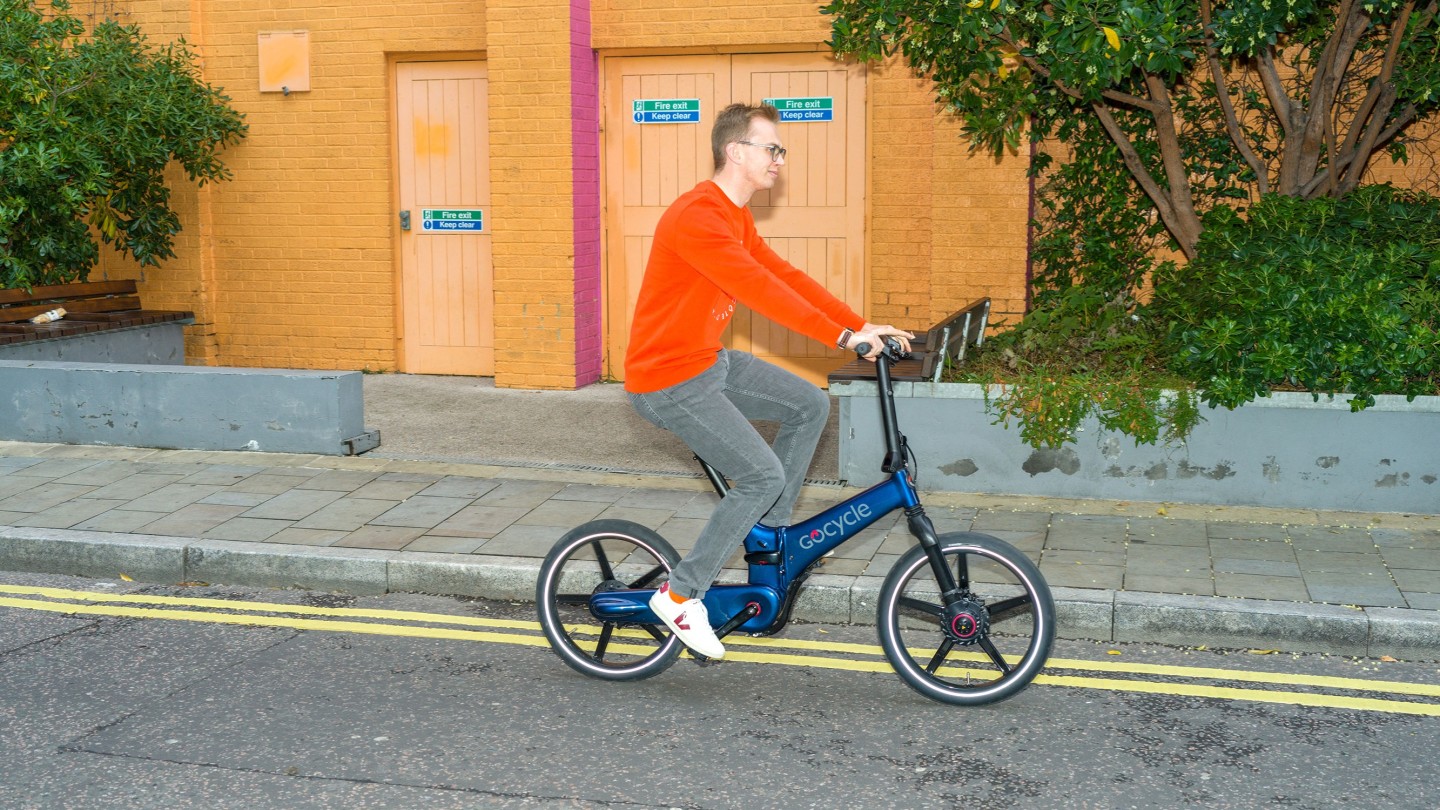
Roula Khalaf, Editor of the FT, selects her favourite stories in this weekly newsletter.
It’s been the year of the bicycle, with commuter and recreational demand soaring worldwide. By July there were headlines about sales overwhelming supply and a worldwide bike shortage. Meanwhile, the ebike revolution, which has been slowly simmering for more than a decade, finally bubbled over. Bosch, which makes motors and batteries for around 70 ebike brands, has reported that March saw an 85 per cent surge in demand for ebikes in the US compared with last year, and the global ebike market is now tipped to reach $46bn by 2026.
“We were overwhelmed at the peak of the pandemic this summer,” says Dan Parsons, director of operations at ebike retailer Fully Charged in Bermondsey. “We started appointment-only consultations by phone and we were booked out for six weeks.”
For Parsons, the value – and joy – of ebikes is that they break down the barriers that stop people cycling; he sums them up as “faster, further, funner” when we speak at Fully Charged’s showroom. Ebiking is a heady mix for cycling newcomers and veterans alike – the twin demons of hills and headwinds are banished at a stroke, and the Lycra-based wardrobe is made, blessedly, redundant. It’s commuters who will probably feel the benefit most. “You get more predictable journey times. You can arrive at work without needing a shower, and when you want some help with a hill, the engine’s there for you,” says Tom McPhail, director of public affairs at Pure Electric, which launched in London two years ago as an escooter retailer before expanding into ebikes (it now has stores UK-wide).
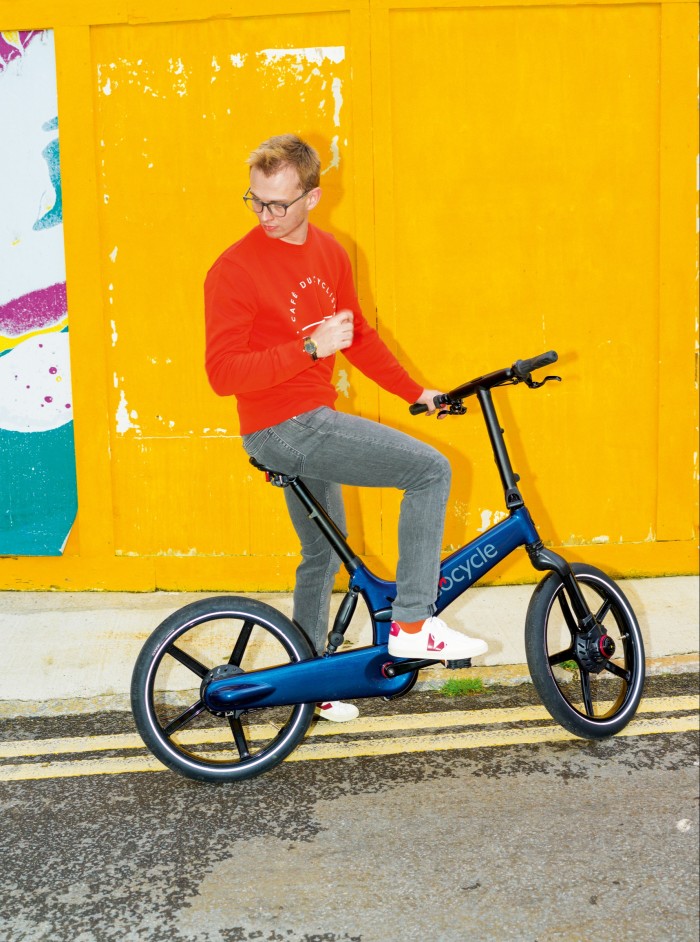
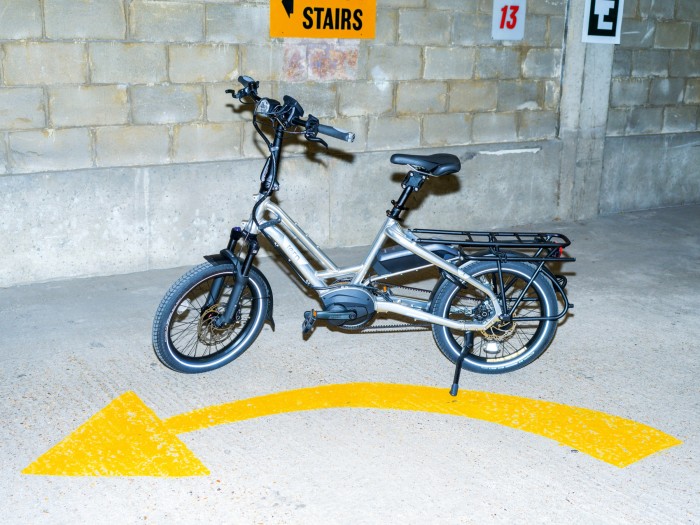
So why has it taken ebikes so long to catch on? Partially, it’s snobbery: “serious” cyclists regard ebikes as a lazy option. “I was cycling home the other day and this guy came creeping past on an e-mountain bike,” recalls McPhail. “I had to stop myself being pissed off. We’ve got to overcome the attitude that it’s cheating in some way.”
As a paid-up Lycra lout, I had long dismissed ebikes as gimmicks for amateurs. My conversion began in 2017, watching former cycling time-trial world champion Fabian Cancellara explain proudly, to a room full of sceptical cycling fans at the Rouleur Classic bike show, how he rode nothing else in his spare time. If it’s good enough for a cyclist so hardcore they call him Spartacus, it’s good enough for me. And once I’d tried one, I was hooked.
Unlike escooters, which respond to a throttle, there are no free rides on an ebike – if you’re not pedalling, you don’t get help from the motor. This, says McPhail, is part of their draw: “They sit so neatly in the middle. It’s still exercise, it’s still good for you, but it makes cycling accessible.” In the UK, assistance is capped at 250W and cuts off once you hit 25km/h. In practice, that’s enough power to make riding anywhere feel as easy as a brisk walk. Ebikes either charge directly off the mains or have detachable batteries and, while range depends on how much you rely on the motor, I didn’t deplete the battery fully on any of my test bikes after a week of thrashing them around London. Prices vary depending on features, but expect to pay from £1,000 for a decent entry-level ebike, and up to £5,000 and beyond for bells-and-whistles cargo machines or carbon-fibre road models.
For a model you can take on a train – or anywhere space is at a premium – I love the fold-up GX from Gocycle (£2,899), which collapses to the size of a big suitcase. Its neat 20in wheels and low centre of gravity give it flickable handling that’s ideal for negotiating city traffic. The sit-up-and-beg riding position is unthreatening and the hydraulic disc brakes are sharp. My favourite feature is the red “boost” button that sits under the rider’s left thumb, which instantly ramps the electrical assistance up to max. It’s handy when pulling away from traffic lights or overtaking, and also worth pressing just for fun. The GX has a set of five LEDs on the handlebar to show battery life, but for more detail there’s a Bluetooth-connected app that lets riders customise the motor modes and track their riding distance.
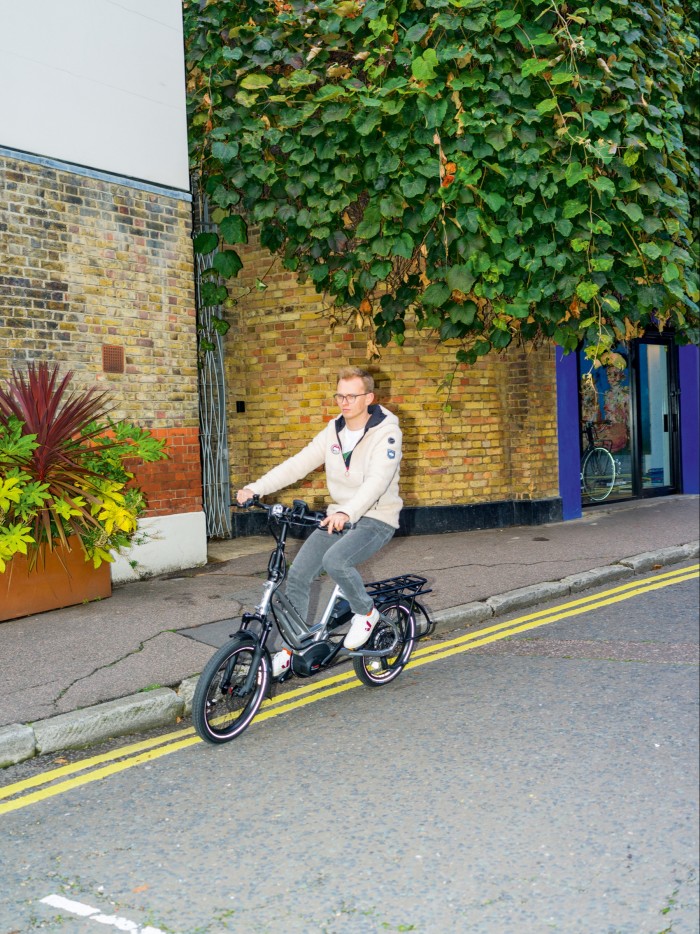
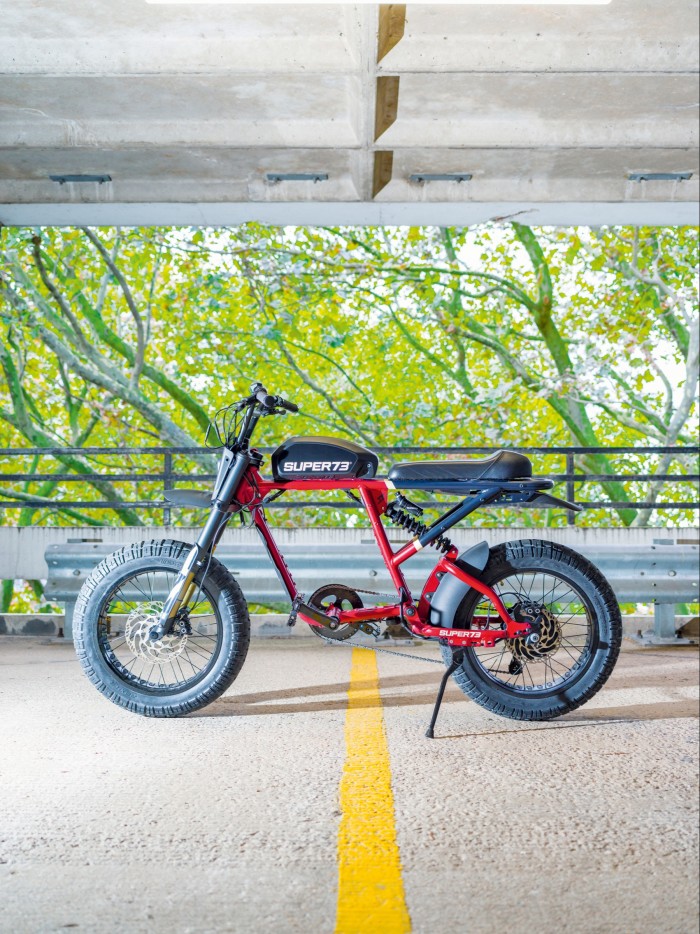
For cycling to work across town or simply tearing up a city, I’d look at VanMoof. This Dutch brand, the fastest-growing ebike maker in the world, offers a tight range of super-stylish machines for urban adventuring. I prefer the esoteric X3 model, with 24in wheels, front-mounted luggage shelf and distinctive toptube capped with a light at either end. The display, which has live speed and battery readouts, is presented as a dot-matrix of tiny LEDs wrapped around the toptube where it won’t distract the rider. A slick app handles matters such as customising the electronic bell with one of three tones and choosing the speeds at which the bike changes gears. I found the gear-shifting finicky and I’d prefer a proper shifter on the handlebar, but I can see the virtue in having one less thing to think about.
These bikes have real character. The VanMoof powers up with a welcoming “whummmf” noise when you approach with your phone in your pocket, and flashes a chattering skull on the display when the very loud built-in alarm goes off. And with VanMoof’s anti-theft after-sales option, its team of “Bike Hunters” will track down a stolen bike (every unit is GPS equipped) and bring it back to you – or replace it if it can’t be found within 14 days.
But so much for urban larking about: for the weekly food shop or all the kit and caboodle of a school run, look at Taiwanese maker Tern’s GSD family of cargo ebikes. At £5,500, its new GSD S00 is more than three times as expensive as the VanMoof, but it has a gross vehicle weight of 200kg (carrying up to 165kg), and the extended rack behind the saddle can be festooned with accessories from cushions and adult passenger seats to purpose-built 52-litre luggage panniers. “With bikes like the GSD, we’ve got families getting rid of their cars and doing everything on their ebikes,” says Parsons. “It costs almost nothing to run: it’s three pence to charge and that gives you a range of 50 miles.” Try getting that fuel economy in a car.
Not having children, I tested the Tern with a 6ft, 10st flatmate on the back, and the Bosch motor had me spinning along without breaking a sweat. And for all its hauling capacity, the 35kg bike can be pitched upright and stowed vertically, so it takes up very little space. Best of all, the GSD S00 was a blast to ride. Without the flatmate on the back, it swept along with the insouciant style of a BMX.
Part of the challenge for the mass uptake of ebikes, Parsons admits, is expanding their appeal. “You can’t really make something cool. But we’ve tried to remove the taboo of its seeming like an old-person mobility aid.”

Sign up for our newsletter and get the best of the magazine straight into your inbox.
The cool factor, though, may come from Silicon Valley’s startup scene in the form of the Superstrata, a project that’s been dubbed “the Tesla of ebikes” and has generated more than £5.5m in pre-order funding. Maker Arevo intended the custom-fitted frames to be a demonstration of its cutting-edge carbon-fibre printing process. “It was a great way to show off what we can do with our technology because a bike frame is very complex,” says Arevo CEO Sonny Vu. And show off it does – the 3D-printed Superstrata is much tougher than traditional carbon fibre, and its futuristic lines include design flourishes such as the removal of the traditional seat tube. “You need a material that’s really strong to support a design like that, so part of it was to show off the strength of the material,” says Vu.
Crucially, Vu brings a non-cyclist’s attitude and is intent on marketing Superstrata beyond the Lycra converted. “Not only do we want the bikes to be custom to the person, but to be special for different countries. For Japan, we’ve partnered with the superhero Ultraman, and are planning an Ultraman version. In Germany, we’re doing a really special Time Warp edition [to tie in with the electronic music festival] that glows in the night.” The UK’s Superstrata special edition is the Oxford (after the London street), which took pride of place in a Selfridges window display this summer. If ebikes are the future of transport, Superstrata is delivering the bike of the future a few years early.
Bike to the future
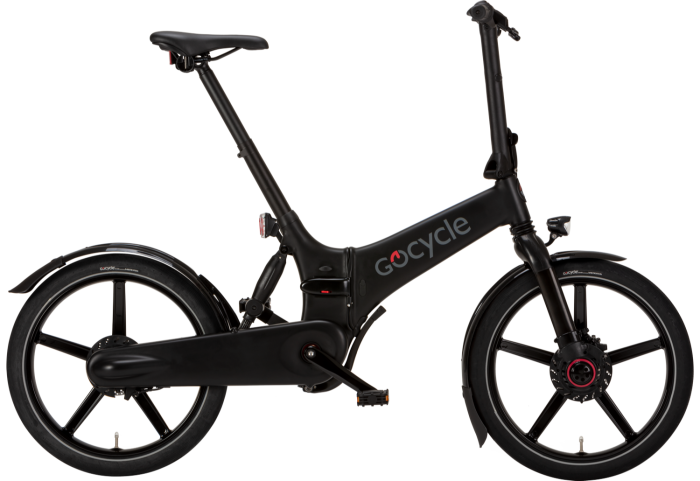
Gocycle GX, £2,899
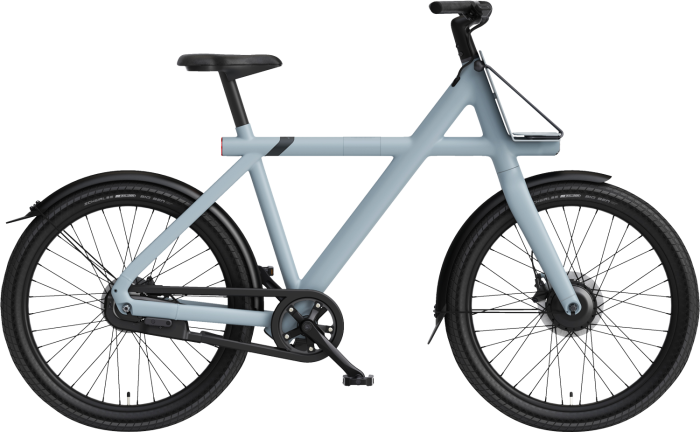
VanMoof X3, £1,798
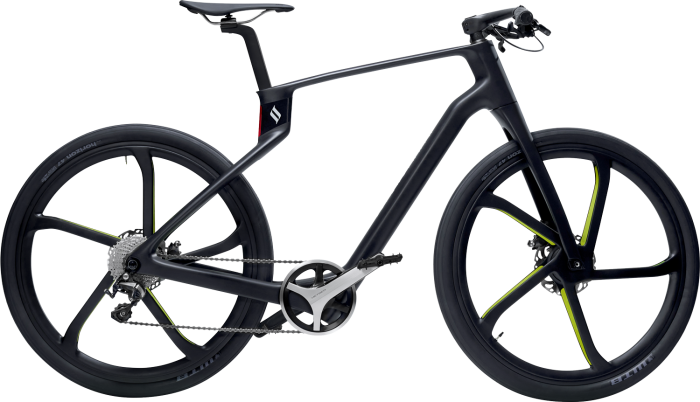
Superstrata E, from £3,699, shipping from December
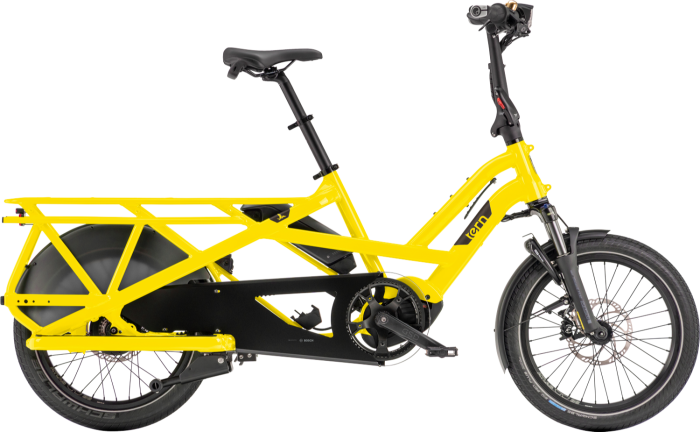
Tern GSD S00 2nd‑generation, £5,500
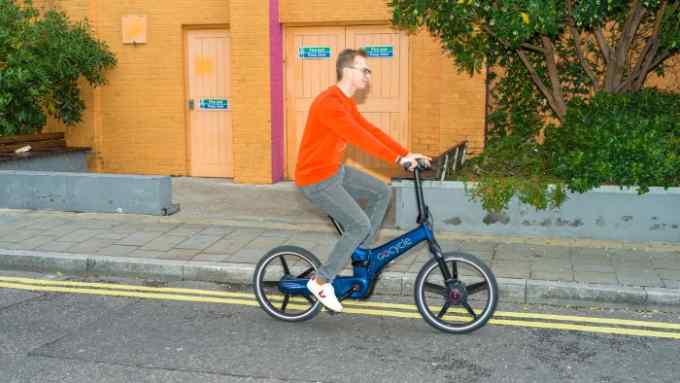
Comments